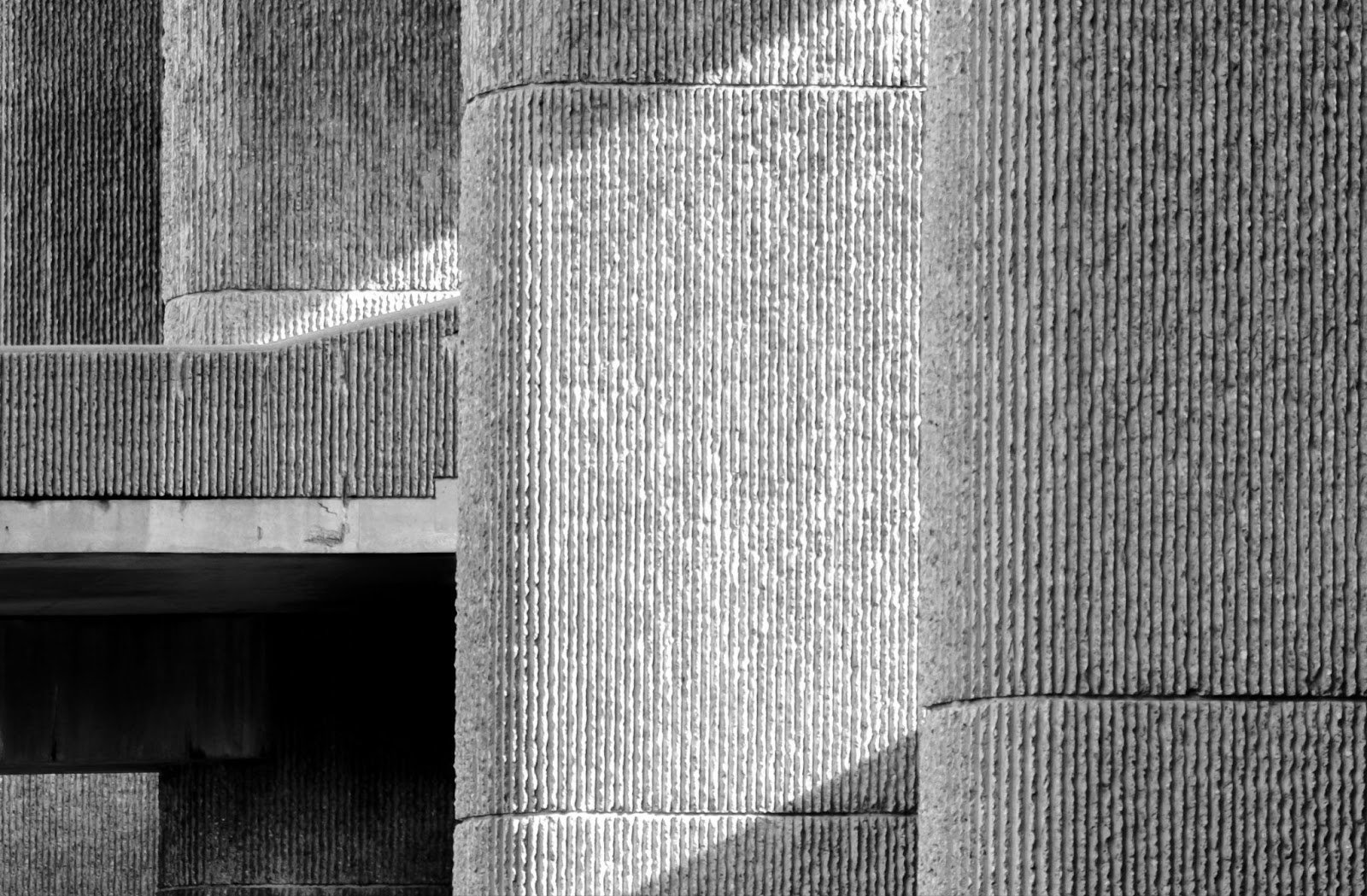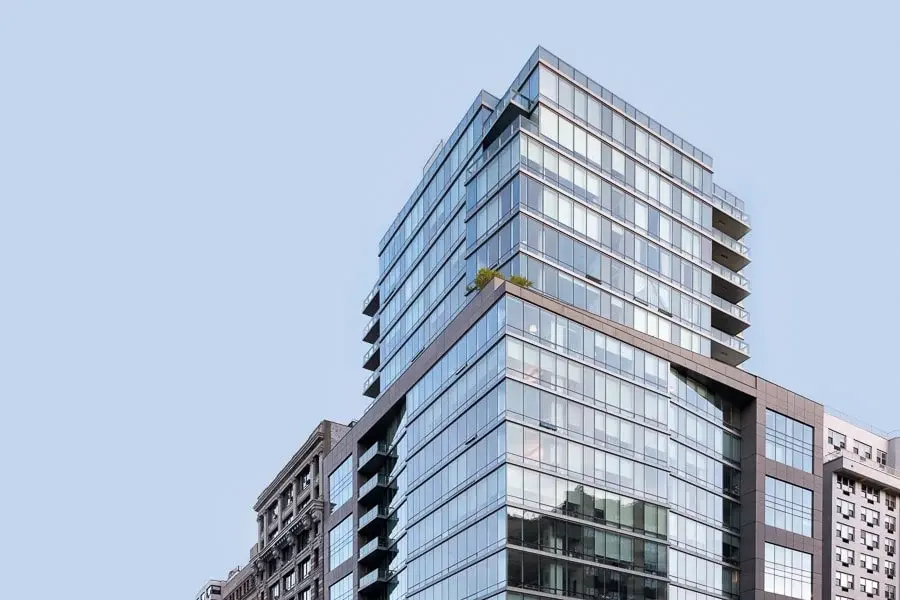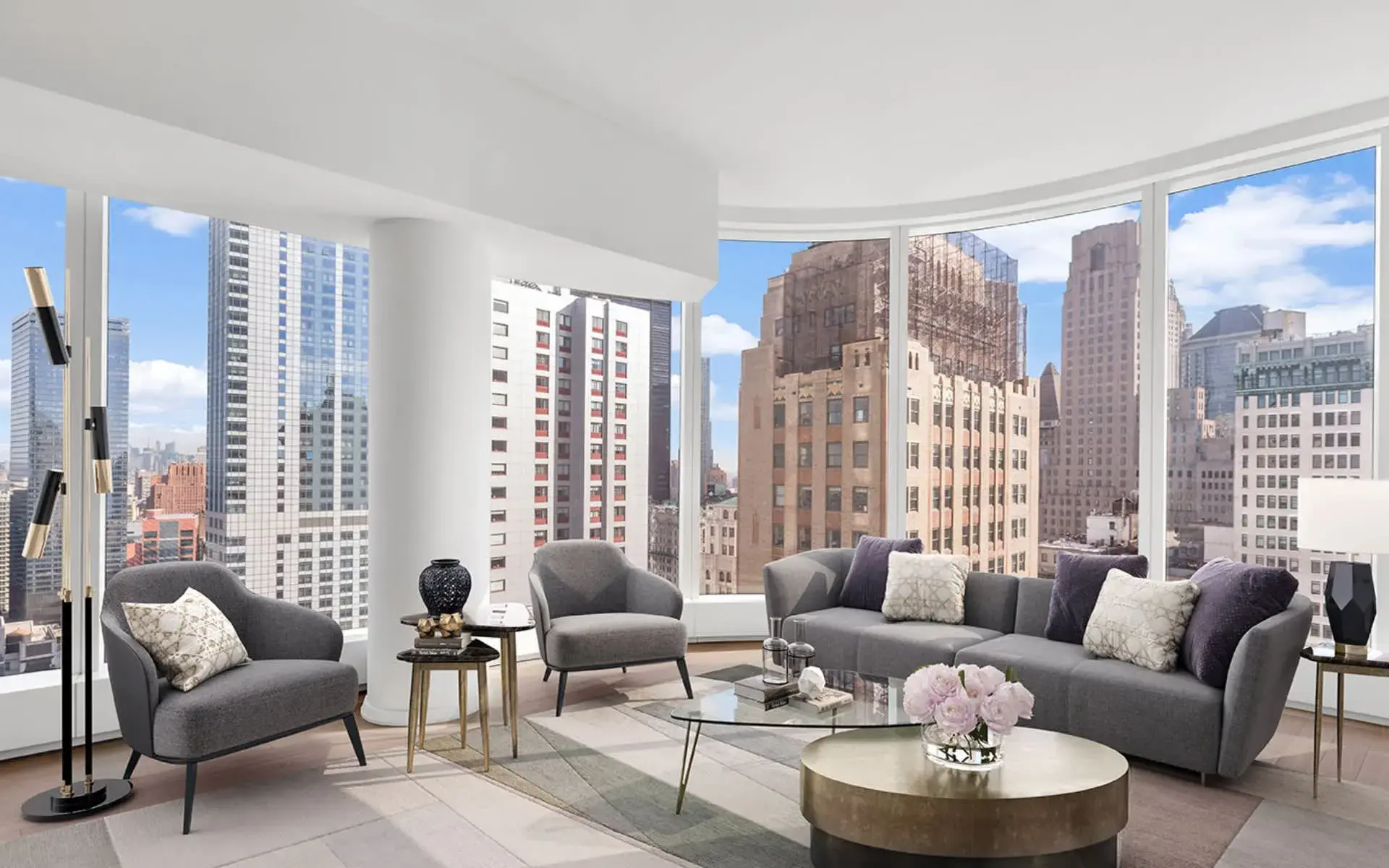The Dark Side of Real Estate: Shadow Inventory
Deep inside the heart of New York's shadowy underbelly, there exists a secret market of unlisted properties that are not being advertised to the general public. These residences are known as shadow inventory and make up a significant part of the current vacancies in New York City.
This shadow housing inventory offers strategic benefits to developers and can also provide distinct advantages to home shoppers as well. In this guide, we'll tell you everything you need to know about these elusive properties and how to find real estate shadow inventory in New York City.
Shadow Inventory Definition
Shadow inventory in real estate means homes that are for sale but have not been put on the market. When you do a Google search for Manhattan condos or any other type of residence, you'll likely see dozens of advertisements showing the available units.
However, you may be surprised to learn that the advertised listings are only a portion of what's for sale at a given time. Hundreds, if not thousands, of units, may be available for sale but have not been advertised to the public. These mysterious homes are known as the shadow inventory.

Why Does Shadow Inventory Exist?
Shadow inventory exists to create the illusion of scarcity and help drive up demand for a development. When a developer finishes a project, they may have a large volume of units that are ready all at once. But it usually isn't wise to list them all at one time.
Prospective homebuyers may look at the development and think that a large number of vacant units means something is wrong with the building. In reality, the project could be perfectly fine, but the sales team simply hasn't had enough time to fill all the empty homes. So rather than posting them simultaneously and over saturating the market, developers will stagger the listings to make it seem like there is a limited supply.
Suppose that when a new building is complete, there are 50 completed units. The developer may list ten at a time to make the project appear more desirable and exclusive. The other 40 available units would be known as shadow inventory housing. They may be kept off the MLS (Multiple Listing Service) and other public listing sites like Zillow, but that doesn’t mean these homes aren’t available and can’t be shown.
According to a leader in new development data analytics, Marketproof, “Let’s say the developer has 10 identical apartments on 10 different floors, 11-20. They might aim to sell the condos on floors 11-13 before even showing the ones on 14-20. That encourages them to keep 14-20 as shadow inventory.”
When you go to view a building in person, you can often see all the available units, including the shadow inventory. But you may have to ask or work with a partner specializing in new developments.
However, don’t assume that these hidden homes are automatically more desirable or exclusive. The shadow inventory may be identical to the regular inventory in terms of quality and condition. The only difference is you won't see the shadow inventory come up on any listing sites when you do a search.
How Much of the NYC Housing Market is Shadow Inventory
Due to the elusive nature of shadow inventory, it can be challenging to determine exactly how much is available at a given time. But it's estimated that as many as 40,000 residences in the metro area are considered part of New York's shadow inventory. A study by Bloomberg also found that approximately 85% of newly built Manhattan condos are not formally listed for sale. So, if you are looking to purchase a home in a newly completed development, you can safely assume there may be shadow inventory available.
This figure can be even higher in certain areas, especially in pricier neighborhoods like Manhattan's Billionaire's Row - the stretch of ultra-luxury apartment buildings along the southern end of Central Park. Despite catering to the world's wealthiest people, about half of the apartments in the neighborhood are empty. One reason is that the developers of these luxury skyscrapers intentionally try to create the illusion of exclusivity. But also because there are only so many people in the world who can afford to live there. So a large number of units in those developments are shadow inventory.

Pros and Cons of Shadow Inventory
Shadow inventory offers obvious benefits to developers. But what advantages does it offer those who are looking for a home? Here are a few of the major pros and cons of real estate shadow inventory.
Shadow Inventory Pros:
- Less Competition: Fewer people know about these units so you'll face less competition from other buyers. Less competition decreases the likelihood of a bidding war and will give you more time to negotiate and come to a final decision.
- More Options: When shopping for a home, you'll want to look at all your potential options. Perhaps you found a residence on floor five with the perfect layout. There may be another unit with the same layout but a better view on floor ten that hasn’t been listed. Knowing about shadow inventory will ensure you don't miss out on the perfect home just because it hasn't been marketed to the public.
- Greater Leverage in Negotiations: Knowing how many units in a building are available will give you greater leverage when it comes time to negotiate - which is precisely why many developers choose to keep the true number a secret. You may feel pressure to make a higher offer if you've found the perfect home and believe it's one of a kind. But if you know there are ten more units just like it in the same building, you will have greater bargaining power at the closing table.
Shadow Inventory Cons:
- May Be More Expensive: It's fairly common for developers to market the least expensive properties first because they will naturally sell faster. So don't be surprised if the shadow inventory comes at a higher price.
- Harder to Find: Shadow inventory isn't advertised on any public listing sites, which means it will take more than just a Google search and a phone call to view these homes. Most developers will happily show you all the available units, including the shadow inventory. But you'll have to do a bit more digging or work with an experienced partner to find out what buildings have any shadow inventory available.
- Can Hurt the Housing Market: Shadow inventory isn't always a positive for the broader housing market. Keeping certain units a secret can artificially inflate housing prices in the development and create uncertainty around how many homes are available. So, too much shadow inventory can have a negative effect on the local economy and may keep prices higher than they realistically should be based on current demand.
Common Misconceptions About Shadow Inventory
There are many common misconceptions about shadow inventory. For instance, many first-time home buyers automatically assume that shadow inventory housing is rarer and, therefore, more exclusive and desirable than the average residence.
In reality, a developer may choose to keep certain listings off the market for many reasons that have nothing to do with the conditions or amenities. So the shadow inventory could be more desirable, less attractive, or virtually identical to the listed properties.
Shadow inventory only indicates that the unit is not publicly listed for sale on the standard platforms and has nothing to do with the condition of the residence. So don't be fooled into thinking the shadow inventory is more impressive or unique than what's currently available, just because it has a bit of a mystique.
Another misconception is that the shadow inventory is not for sale or reserved for certain buyers. In reality, these homes are available for sale in the same way as any publicly listed unit. Most developers will gladly show you their shadow inventory if you ask to see everything they have available.
These units aren't normally reserved for anyone in particular or only marketed to a specific type of buyer. Generally, shadow inventory is available to be purchased by anyone with the right budget. So if you’re in the market for a home, it’s always wise to take a look at all the available options.
How to Find Off-Market Properties in NYC
You can find shadow inventory and other off-market properties in NYC in a few different ways. You can ask the developer directly, and they will often show you all the vacant units in a building, including what hasn’t been listed. However, that requires you to personally contact the sponsor of every building you're interested in viewing. Plus, you never know if they’re being truthful about their available inventory or if they're saving certain listings for a later date.
Another way to find the top New York shadow inventory is to work with a real estate agent who has experience with new developments. An experienced agent will reach out to developers on your behalf and ensure you can view all the available options.
Our team is happy to assist if you find the perfect New York City residence. We specialize in new developments and have access to a full list of shadow inventory. We can also provide important data, such as how well the building is selling and what kinds of discounts developers offer. That way, you get a full picture of what's available to make a fully informed decision. So, when you need a reliable partner who understands shadow inventory and where to find it in New York City, trust Undivided to help you find your new home. To get started, contact us today.


